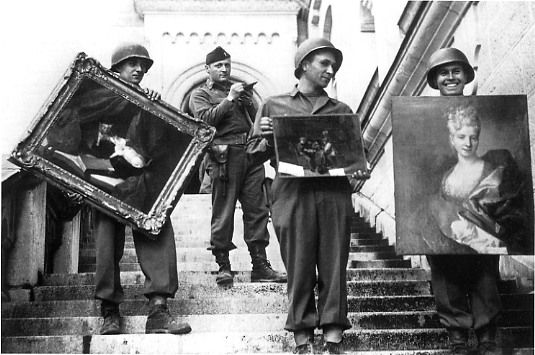

In contrast to these parts of International Humanitarian Law, the agreements on the protection of cultural property were drawn up under the auspices of the United Nations (UN) the United Nations Educational, Scientific and Cultural Organization (UNESCO) is primarily responsible for the dissemination and monitoring of compliance.

All three agreements are part of International Humanitarian Law, which, in the form of further agreements, primarily includes provisions defining the permissible means and methods of warfare and aiming at the widest possible protection of persons not involved in the fighting. The provisions of the 1954 Convention were supplemented and clarified by two protocols concluded in 19. As of July 2021, it has been ratified by 133 states. It was signed at The Hague, Netherlands, on and entered into force on 7 August 1956. The Hague Convention for the Protection of Cultural Property in the Event of Armed Conflict is the first international treaty that focuses exclusively on the protection of cultural property in armed conflict. Read the full text of the Convention.The distinctive marking of cultural property under the Hague Convention ( Blue Shield).ĭirector-General of the United Nations Educational, Scientific and Cultural Organization ĭisclaimer: The distinctive emblem is a protective symbol used during armed conflicts and its use is restricted by international law It covers immovable and movable cultural heritage, including monuments of architecture, art or history, archaeological sites, works of art, manuscripts, books and other objects of artistic, historical or archaeological interest, as well as scientific collections of all kinds regardless of their origin or ownership. This Convention is an international cooperation framework against the illicit trafficking of cultural property requiring States Parties to take preventative measures and adhere to restitution provisions. It is the first international treaty with a worldwide vocation focusing exclusively on the protection of cultural heritage in the event of armed conflict. The Convention for the Protection of Cultural Property in the Event of Armed Conflict was adopted at The Hague (Netherlands) in 1954 in the wake of massive destruction of cultural heritage during the Second World War.

1954 Hague Convention for the Protection of cultural Property in the Event of Armed Conflict


 0 kommentar(er)
0 kommentar(er)
